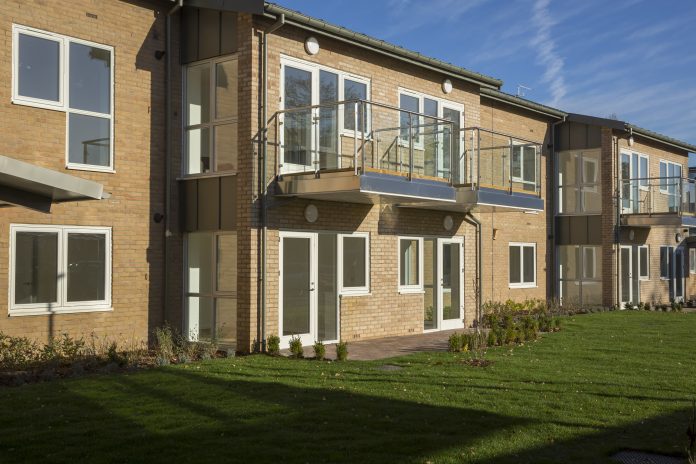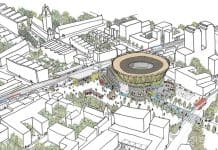Following the release of the new Wheelchair Housing Design Guide, Michelle Horn of the Centre for Accessible Environments reflects on why accessible housing is such an important issue for the sector
Accessible homes change lives. They can mean increased independence, inclusion and quality of life. For example, good standard wheelchair housing (and accessible surrounding infrastructure) could make the difference in being able to hold down a job, attend full-time education or simply visit family and friends.
At CAE, we provide training and consultancy around access and inclusion to help improve the built environment for private businesses, charities and public sector organisations and the people who use these services. However, these public and business environments are just one part of the story. For a fully inclusive society, accessible environments must be provided alongside accessible housing options, which are currently in short supply and high demand.
We often hear stories about lengthy waiting lists for wheelchair user housing or people who wait years for costly adaptations to make their homes more accessible. This is why we call for an increased focus on access and inclusion throughout the sector, so we can plan and build homes and environments that include a range of requirements from the outset, rather than being designed in a way that excludes – and therefore needs costly adaptations later on.
Building good quality wheelchair housing
Habinteg recently released the third edition of the Wheelchair Housing Design Guide, which provides clear explanations and offers guidance on how to understand and meet the requirements in Approved Document M4 Category 3 – wheelchair user dwellings. It also includes additional good practice recommendations that can be easily incorporated when designing wheelchair accessible homes.
This third edition of the guide has been authored by specialists from the Centre for Accessible Environments and the Royal College of Occupational Therapists Specialist Section – Housing, along with input from a cross-section of experts from various fields, including building control, architects and other housing professionals. It has been specifically designed to complement the 2015 Building Regulations, giving practical guidance on implementation.
The guide will be of particular use to housebuilders, architects and occupational therapists as an informative resource to inspire best practice throughout the sector. Following its 1997 and 2006 editions, the new 136-page volume is an essential update and aims to encourage professionals to consider the holistic impacts of accessible housing during all stages of the design process.
Set across 14 chapters, the guide follows a similar format to the Approved Document but provides additional information on strategic site development and communal areas. It also outlines the differences between the wheelchair adaptable and wheelchair accessible requirements set out in M4 Category 3.
Each chapter includes design considerations and technical provisions. The design considerations explain and illustrate the reasoning behind the guidance and clarify why design features are important to make a home work practically and safely for a wheelchair user. It also includes details of design features to consider to improve the overall usability and level of access within the dwelling.
The technical provisions clearly set out the guidance contained in the Approved Document. These are cross-referenced back to the clauses in the Approved Document, providing an easy-to-use guide. The inclusion of additional technical drawings further explain the provisions, and good practice recommendations are included for those aiming to surpass the minimum standards. This means that overall this book is an invaluable source of information to anyone involved in designing or improving wheelchair accessible housing.
Looking to the future
As a society with a diverse range of needs and an ageing population, it is crucially important that we are planning and building for a range of requirements in order to meet the needs of our future population.
Although (if used correctly) the optional access standards in Approved Document M Volume 1 of the Building Regulations are good standards, the optional nature of them means that – unless included in local planning policy requirements – many housebuilders are not using these standards.
M4(3) Category 3 wheelchair user dwellings are in high demand and not only in the social sector. That’s why it’s essential for planners and developers to recognise the positive impacts of accessible housing, and to ensure that wheelchair housing is specified and built to a good standard.
We hope that the new Wheelchair Housing Design Guide helps to increase the delivery of more high quality wheelchair accessible housing across the UK, and encourages people to think about access and inclusion more generally.
To find out more about the guide visit www.habinteg.org.uk/whdg3
Michelle Horn
Inclusive Environments Specialist
Centre for Accessible Environments
Tel: +44 (0)20 7822 8232














